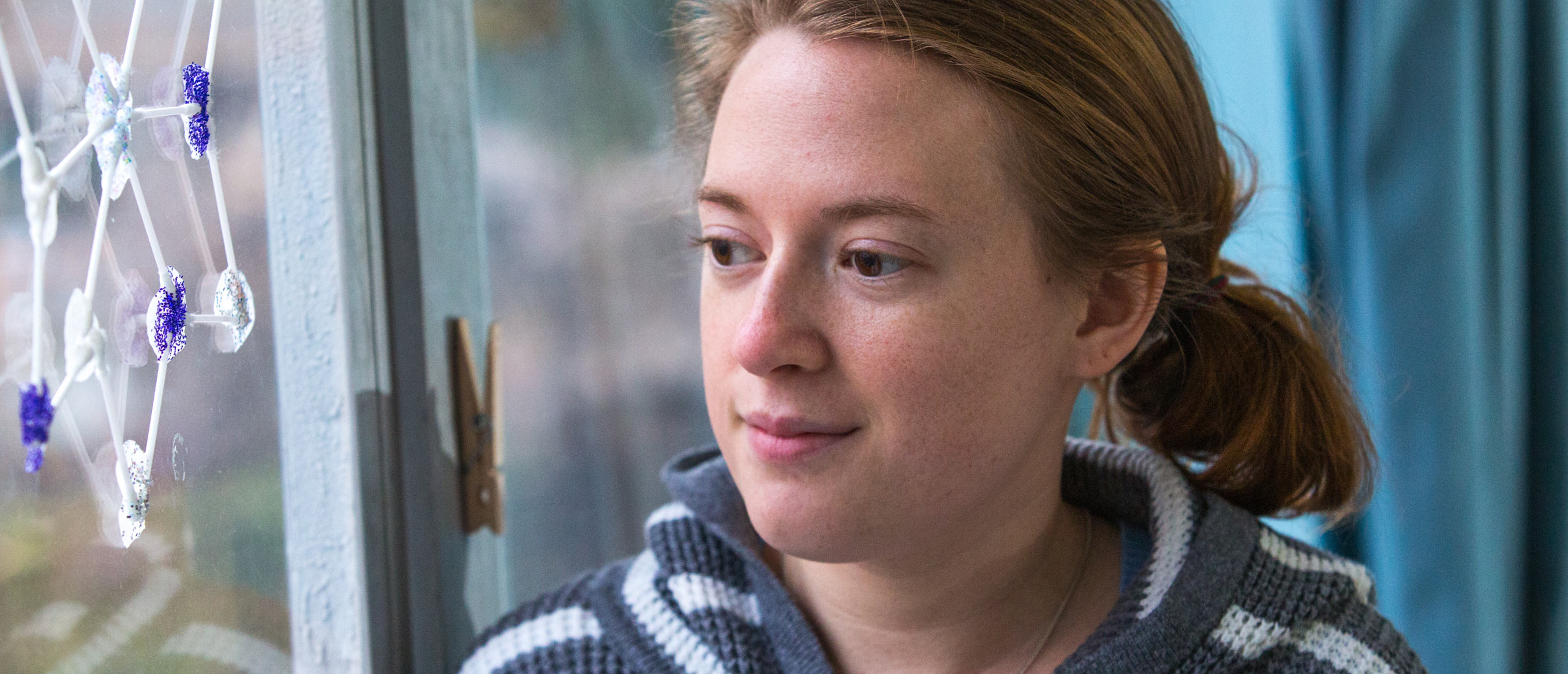Atypical hemolytic uremic syndrome (aHUS)
What is aHUS?
aHUS is a rare disease that often presents suddenly with potentially severe complications and frequently develops into a progressive, chronic condition with relapses. aHUS can occur when the complement system – a part of the immune system – over responds, leading the body to attack its own healthy cells. This dysregulation of the complement system can occur due to genetic and/or environmental factors.1-5
aHUS is a type of thrombotic microangiopathy (TMA), a group of severe and potentially life-threatening rare disorders that cause blood clots and damage to the walls of the smallest blood vessels (capillaries and small arteries) in the circulatory system. The blood clots can cause injury to organs that may lead to organ failure and death.1,6 aHUS affects both adults and children.7 aHUS may appear in the presence or absence of a trigger or co-existing condition.1-4

Erica, living with aHUS
Symptoms
Signs, symptoms and complications of TMA include: 8-10
Anemia
Thrombosis (blood clots)
Organ damage
including kidneys, brain and heart
Confusion
Shortness of breath
High blood pressure
Fatigue
I can chase my kids and play again. I think knowing what I have brings a peace to my life."Donnan
Living with aHUS

References
- Fakhouri F, et al. How I diagnose and treat atypical hemolytic uremic syndrome. Blood. 2023;141(9):984 995.
- Fremeaux-Bacchi V, et al. Genetics and outcome of atypical hemolytic uremic syndrome: a nationwide French series comparing children and adults. Clin J Am Soc Nephrol. 2013;8(4):554 562.
- Bayer G, et al. Etiology and outcomes of thrombotic microangiopathies. Clin J Am Soc Nephrol. 2019;14(4):557 566.
- Henry N, et al. Retrospective and systematic analysis of causes and outcomes of thrombotic microangiopathies in routine clinical practice: an 11-year study. Front Med. 2021;8:566678.
- Cedzyński M, et al. Editorial: the role of complement in health and disease. Front Immunol. 2019;10:1869.
- Brocklebank V, et al. Thrombotic microangiopathy and the kidney. Clin J Am Soc Nephrol. 2018;13:300 317.
- Campistol JM, et al. An update for atypical haemolytic uraemic syndrome: diagnosis and treatment. A consensus document. Nefrologia. 2015;35(5):421-447.
- Raina R, et al. Atypical hemolytic-uremic syndrome: an update on pathophysiology, diagnosis, and treatment. Ther Apher Dial. 2019;23(1):4 21.
- Sallée M, et al. Myocardial infarction is a complication of factor H-associated atypical HUS. Nephrol Dial Transplant. 2010;25(6):2028 2032.
- Laurence J, et al. Atypical hemolytic uremic syndrome (aHUS): essential aspects of an accurate diagnosis. Clin Adv Hematol Oncol. 2016;11(11):2-15.
Veeva ID: US/UNB-a/0713






